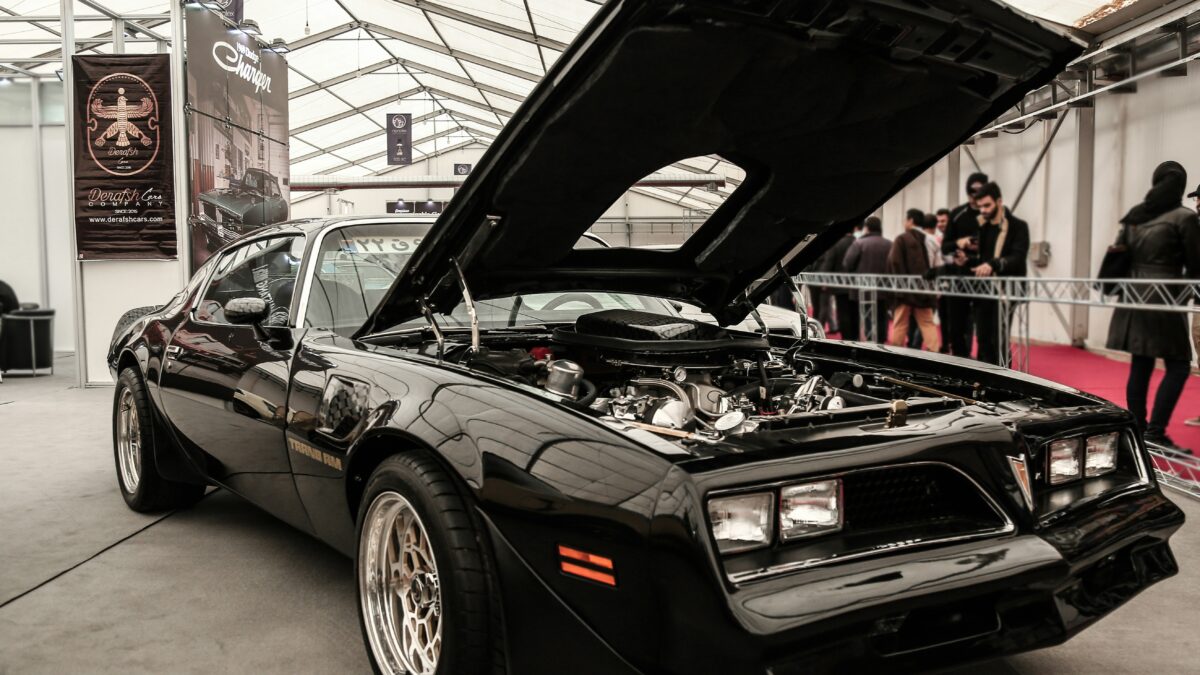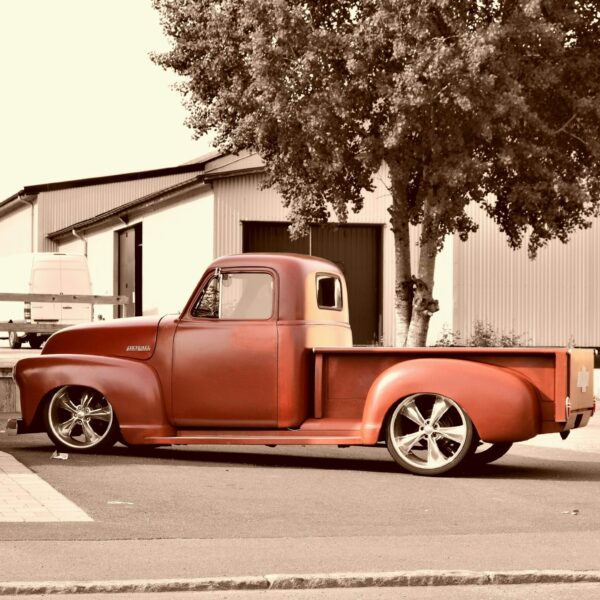A Look into Honda’s New $124M Wind Tunnel Facility
The grand opening of Honda’s state-of-the-art wind tunnel testing facility will now allow the automotive company to test Honda and Acura production vehicles and race cars throughout their development. The facility is located in East Liberty, Ohio and is the corporation’s fourth full-scale facility. However, it’s first to open in North America. Ultimately, the Honda Automotive Laboratories Ohio (HALO) wind tunnel will help decrease the amount of time needed to ship vehicles abroad to be tested and eliminate the need to rent out other wind tunnel facilities within the states.
Now with Formula 1 back in action this spring–and the sport’s emphasis on air flow–you might think that the most advanced wind tunnel would be found in England or Italy, where the majority of the teams are based. However, HALO is now taking gold for the most capable wind tunnel out there. The corporation took five years to build the facility. They learned from other full-scale facilities to ensure this wind tunnel would be the best one yet.
Cost and Operations
The development of the HALO wind tunnel cost $124 million–one of the most expensive to be constructed. The tunnel is equipped with a 26.2-foot (8 m) fan and 6,700 hp (5 MW) General Electric motor. The fan moves at a speed of 250 rpm. If you’re thinking that sounds somewhat slow, you’re right! The maximum speed the air is leaving the tunnel is 25 mph (40 km/h). But from here the air has to pass through a large heat exchanger that allows the facility to remain at a constant temperature, ranging from 50-122°F (10-50°C). This is necessary since cars are made up of varying materials that expand and contract at different rates, so the constant temperature helps to stabilize the materials for maximal testing.
Once the air passes through the heat exchanger, it moves through a series of turning vanes around the tunnel. The tunnel then contracts through a nozzle ahead of the test room which compresses the air by a factor of up to 7. This accelerates the air to its maximum speed of 192 mph (310 km/h).
What’s the need for a wind tunnel?
The job of the wind tunnel is to simulate a car moving over a stationary road. Honda stated that the tunnel can perform three various testing functions for aerodynamics, aeroacoustics and racing in one location. The engineering of the wind tunnel involved exchangeable rolling roads. One of the 44-ton rolling road modules takes about four hours to exchange with the other. The first road consists of a single belt. The second road features five belts and can sustain a max speed of 155 mph (250 km/h). The five belts include one for each tire and a fifth that extends under the vehicle inside the wheels’ track. The brakes and suspension disconnect so the wheels can rotate without any drag.
Honda can also test aeroacoustics in this facility using a series of microphones and cameras. Essentially, this helps to collect data in real time. The information collected will allow engineers to quickly and effectively locate the exact location of any exterior and interior noise issues. This will help reduce the amount of unwanted noise in cars with engines or exhausts.
In conclusion
Ultimately, the new HALO wind tunnel will help serve the needs of the engineers working at Honda and Acura. On top of their racing divisions. Not only that, but the corporation is hoping to extend the facility to the use of third parties. That way competing brands could also get the best data and testing done. Honda has been doing great things this past year, despite many challenges, and this full-scale wind tunnel is definitely at the top of their success list. What do you think, would you take a tour of the HALO facility?
















